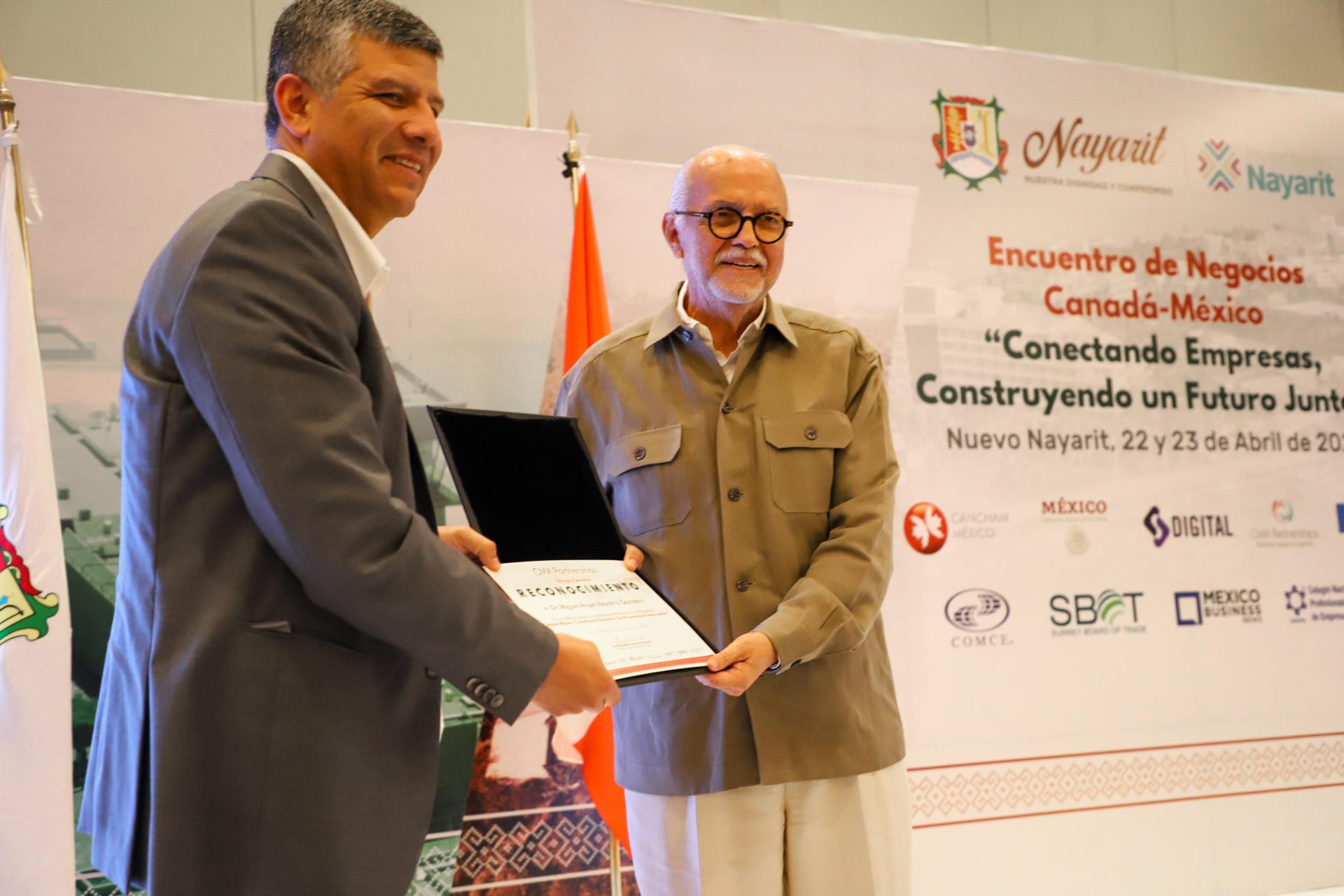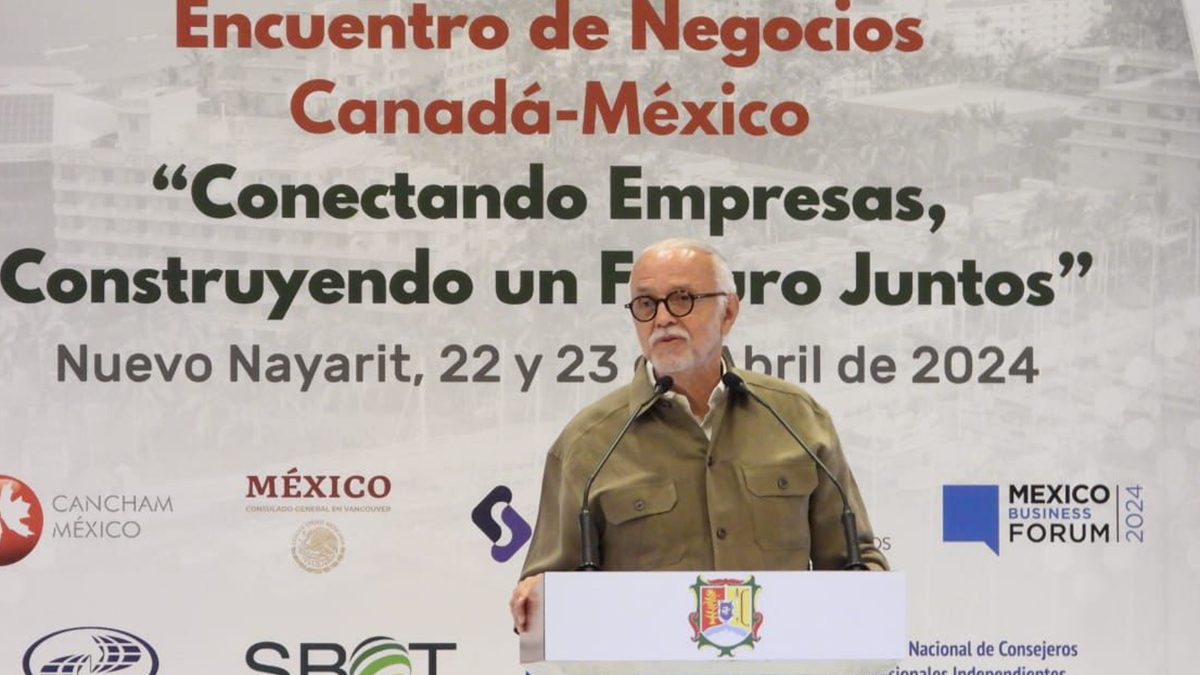As a high standards treaty, T-MEC made it easier for us to restructure supply chains in North America, which was just in time to counteract the effects of the pandemic. This production approach has allowed Mexico’s final consumers to be an essential part of this productive rethinking backed by controls in trade facilitation, e- and digital commerce, environmental protection or investment, to name a few.
Being a democratic and inclusive treaty, we have worked with the United States and Canada for the benefit of SMEs and during these two years we have made digital tools available to them, such as MSME MX platform to take advantage of business opportunities in the T-MEC markets.
We’ve organized four business conferences to advance efforts to promote T-MEC, we’ve trained more than 200 companies in 10 states to ensure they have the information they need to take advantage of the opportunities this agreement offers, and we’ve brought them closer to buyers in the United States and Canada.
We have also organized virtual business round tables for Mexican businesswomen with buyers from the US and Canada and developed specialized training programs on the panorama that women entrepreneurs find on export and the opportunities that T-MEC offers. In this sense, T-MEC has been a tool for economic recovery to include all people and leave no one behind.
The COVID-19 pandemic has triggered protectionist temptations in the world. The presence of the T-MEC has allowed us to face the temptation to apply trade-restrictive measures to protect national production, especially in the agricultural sector.





